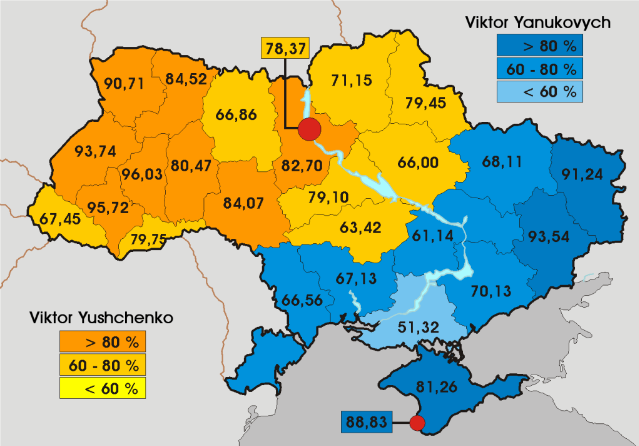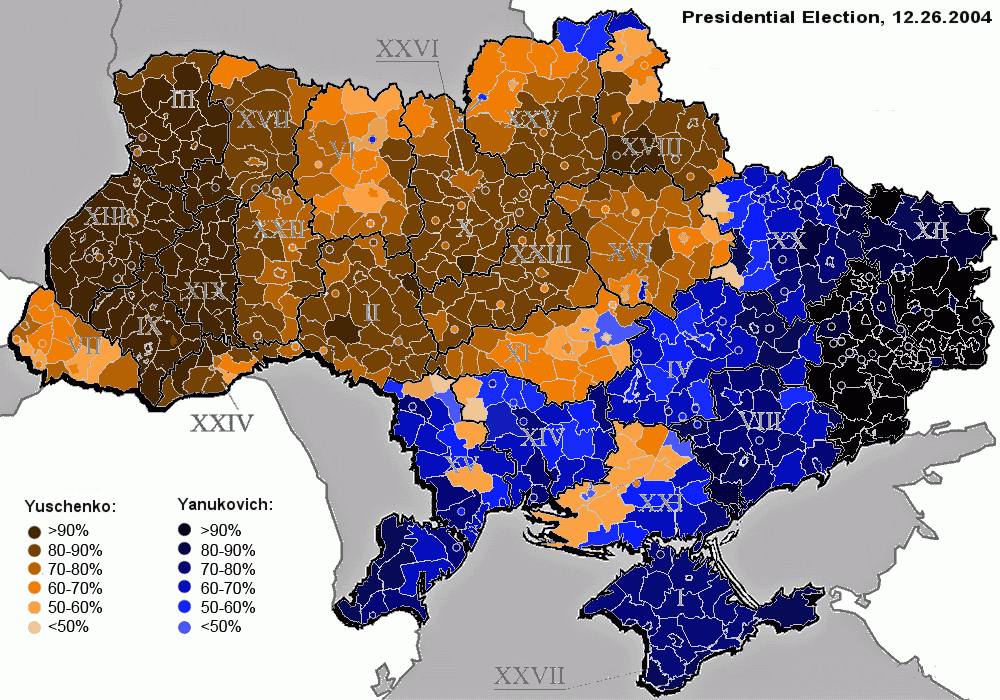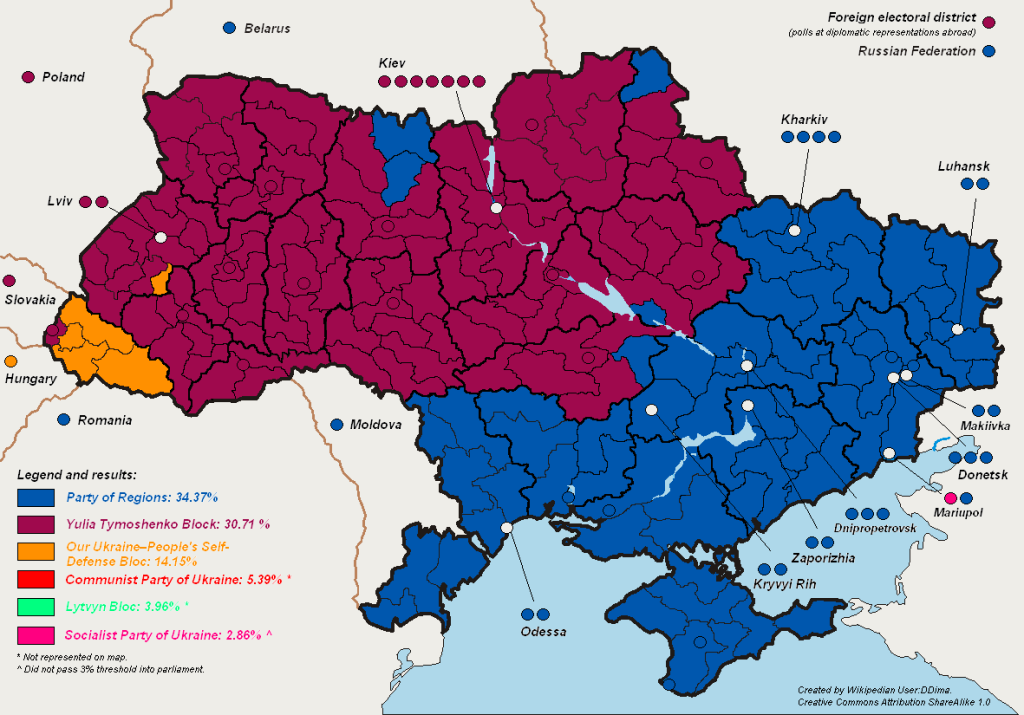By: Inoljt, http://mypolitikal.com/
There are quite a number of Mexican citizens living in America. Much political attention has been paid to these people by both American political parties. Liberals hope that the votes of their children will carve out a new permanent Democratic majority. Conservatives, on the other hand, relentlessly campaign against undocumented immigrants and “amnesty.”
When immigrant rallies occur, conservative media frequently focus on immigrants from Mexico waving Mexican flags. The implication is that these people are more loyal to Mexico than the United States.
Let’s take this thought a bit further, to a subject which most conservatives don’t think about. Like the United States, Mexico will have a presidential election in 2012. There are a lot of Mexican citizens in the United States (whether documented or undocumented). What if they voted?
More below.
So far they have not. Before the 2006 presidential election, Mexicans living abroad had to physically be present in Mexico to vote. Given the difficulty and expense of doing this (for all expatriates, not just Mexican), this effectively disenfranchised the Mexican expatriate population.
Before the 2006 presidential election, a new law was passed. This allowed Mexicans living abroad to register for an “overseas” ballot. The expectations were quite high; imagine the power of Mexico’s enormous expatriate vote to affect domestic Mexican politics.
As it turns out, however, only 32,632 Mexican citizens living in America bothered to take the offer. Most of them probably didn’t know about the procedure, or perhaps found it too complex. Apparently Mexican immigrants are just as disconnected to Mexican politics as they are to American politics (or more disconnected, in all probability).
Whether turn-out will be just as low in 2012 is still a mystery. Still, it’s pretty fascinating to consider what might happen if expatriate voting actually went into high-gear. What if the current ban on campaigning abroad was overturned? Imagine the PRI holding a political rally in California (or better yet, Arizona!). How about the PAN running advertisements on Univision?
Probably nothing more would piss nativists off than having Mexican political parties physically campaigning in the United States for the Mexican immigrant vote. It’s a humorous, if slightly unrealistic, thought.



